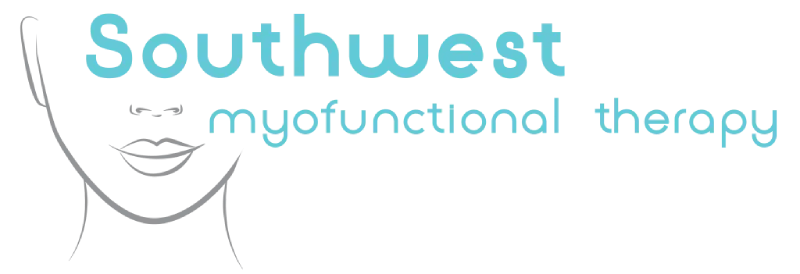Discussing tongue thrust – what it is and how myofunctional therapy can help, part 2
Posted by Sandraluz Gonzalez Jan 27, 2023

This post is the second in a series on tongue thrust and how myofunctional therapy can help treat it. If you haven’t read part 1 yet, I recommend you do before continuing.
Types of open bite and their presentation (continued)
- Anterior thrust – this type of open bite is characterized by extreme protrusion of the upper incisors, with the lower incisors pulled inwards by the lower lip. The incisors are the front four teeth on the upper and lower jaw, between the canines. Anterior thrust is also often accompanied by a protruding, overly pronounced mentalis. Often called the “pouting muscle” the mentalis is a pair of muscles at the front of the chin that, as the name implies, are in tension when the patient makes a “pouting” face.
- Unilateral thrust – in the “one-sided” thrust the tongue pushes sideways against the teeth rather than forward. This results in an open bite on one side of the mouth – either the left or right.
- Bilateral thrust – an open bite where the front, or anterior, teeth contact normally, but the rear, or posterior, teeth from the first bicuspid (the tooth behind the canine) to the back molars do not contact on one or both sides. This type of open bite is generally considered one of the most difficult to remedy.
- Bilateral anterior open bite – in this type of open bite, the only teeth that contact one another are the molars. All anterior teeth will display an open bite. This type of bite is most often seen in patients with larger than average tongues.
- Bimaxillary thrust – also called a “closed bite thrust”, this condition is characterized by a flaring out and spreading of both the upper and lower teeth. It’s different from the above types of thrust; however, in that the upper and lower teeth still contact one another, but not in the proper orientation.
Check back soon for Discussing tongue thrust – what it is and how myofunctional therapy can help, part 3. In the meantime, check out our page on treating tongue thrust and other OMDs.
More Blog Posts
Office Hours
MON - THU8:30 am - 5:00 pm
FRI - SUNBy appointments only





